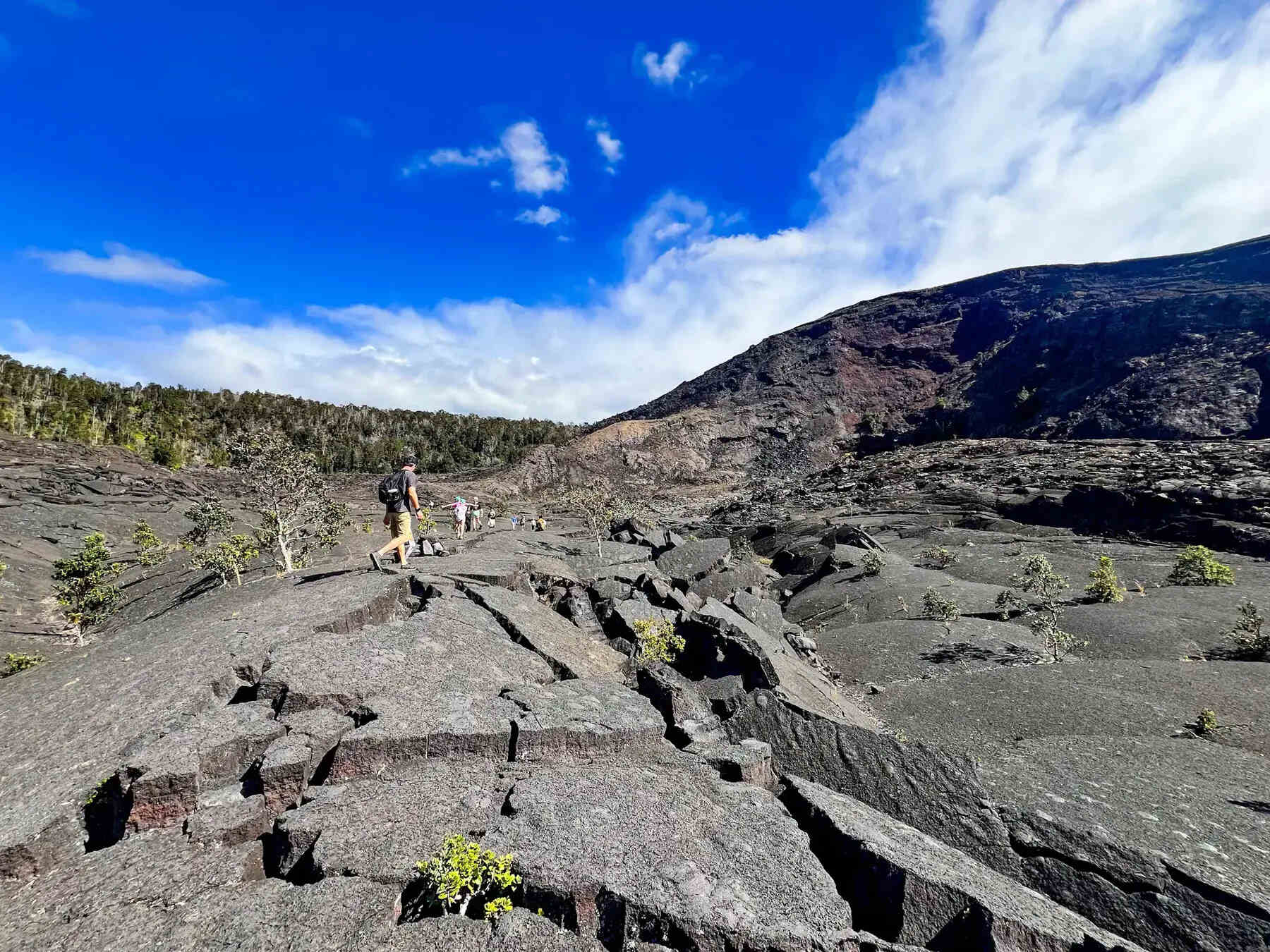Mysteries Of Hawaii’s Volcanic Valleys

Hawaii's volcanic valleys hold secrets waiting to be found. These natural wonders, formed over millions of years, offer a glimpse into the Earth's fiery past. Imagine standing at the edge of a massive crater, feeling the heat from the ground beneath your feet. The lush greenery contrasts with the black lava rock, creating a landscape like no other. Each valley tells a story of eruptions and lava flows, shaping the islands we see today. Visitors can hike through these valleys, witnessing steam vents and unique plant life. Whether you're an adventurer or a nature lover, Hawaii's volcanic valleys promise an unforgettable experience. From the majestic Kilauea to the awe-inspiring Haleakalā, these sites invite exploration and wonder. Discover the beauty and power of nature in Hawaii's volcanic valleys.
Exploring Hawaii's Volcanic Valleys
Hawaii, a paradise of lush landscapes and vibrant culture, holds secrets beneath its surface. The volcanic valleys here are not just geological wonders but also gateways to the island's fiery past. Each valley tells a story of eruptions, lava flows, and the relentless power of nature. Let's journey through these awe-inspiring places and uncover their mysteries.
1. Waipi'o Valley: The Valley of Kings
Waipi'o Valley, often called the "Valley of Kings," is a place of immense beauty and historical significance. This valley, once home to Hawaiian royalty, is surrounded by towering cliffs and lush greenery. The black sand beach and cascading waterfalls add to its allure.
- Majestic Cliffs: The cliffs surrounding Waipi'o Valley rise up to 2,000 feet, creating a dramatic backdrop.
- Waterfalls: Hi'ilawe Falls, one of Hawaii's tallest waterfalls, plunges over 1,200 feet into the valley.
- Rich History: This valley was a significant cultural and political center for ancient Hawaiians.
2. Pololū Valley: A Hidden Gem
Pololū Valley, located on the northern tip of the Big Island, offers a more secluded experience. This valley is less visited, making it a perfect spot for those seeking tranquility and natural beauty.
- Scenic Hike: The trail to Pololū Valley provides stunning views of the coastline and lush vegetation.
- Black Sand Beach: At the valley's base, a beautiful black sand beach awaits, perfect for a quiet stroll.
- Untouched Nature: The valley remains largely undeveloped, preserving its pristine environment.
3. Halema'uma'u Crater: The Fiery Heart of Kilauea
Halema'uma'u Crater, located within Hawaii Volcanoes National Park, is a must-see for anyone interested in volcanic activity. This crater is part of the Kilauea volcano, one of the most active volcanoes on Earth.
- Lava Lake: The crater often contains a lava lake, providing a rare glimpse into the Earth's molten core.
- Volcanic Activity: Visitors can witness steam vents and sulfur banks, evidence of ongoing volcanic activity.
- Cultural Significance: Halema'uma'u is considered the home of Pele, the Hawaiian goddess of fire and volcanoes.
4. Kalalau Valley: A Lush Paradise
Kalalau Valley, located on the island of Kauai, is a breathtakingly beautiful valley known for its lush landscapes and dramatic cliffs. This valley is part of the Na Pali Coast State Park and is accessible only by foot or boat.
- Na Pali Coast: The rugged coastline and towering cliffs make this area one of the most photographed in Hawaii.
- Kalalau Trail: This challenging trail offers hikers stunning views of the valley and coastline.
- Secluded Beaches: Hidden beaches within the valley provide a peaceful escape from the world.
5. Kīlauea Iki Crater: A Walk on the Moon
Kīlauea Iki Crater, also within Hawaii Volcanoes National Park, offers a unique opportunity to walk across a solidified lava lake. This crater was the site of a massive eruption in 1959.
- Lava Lake: The crater floor is a hardened lava lake, allowing visitors to walk where lava once flowed.
- Thurston Lava Tube: Nearby, explore a lava tube formed by flowing lava, now a fascinating cave.
- Eruption History: Interpretive signs along the trail provide insights into the 1959 eruption and its impact.
6. Makauwahi Cave: A Time Capsule
Makauwahi Cave, located on the island of Kauai, is a fascinating archaeological site. This cave system offers a glimpse into Hawaii's ancient past, with fossils and artifacts dating back thousands of years.
- Archaeological Discoveries: Excavations have uncovered fossils of extinct species and ancient human artifacts.
- Unique Ecosystem: The cave and surrounding area are home to rare plants and animals found nowhere else.
- Guided Tours: Visitors can take guided tours to learn about the cave's history and significance.
7. Haleakalā Crater: The House of the Sun
Haleakalā Crater, located on the island of Maui, is a massive volcanic crater that offers stunning views and unique landscapes. This crater is part of Haleakalā National Park and is known for its sunrises.
- Sunrise Views: Watching the sunrise from the summit is a popular activity, offering breathtaking views.
- Diverse Landscapes: The crater's landscape ranges from barren volcanic rock to lush vegetation.
- Astronomy: The clear skies above Haleakalā make it an excellent spot for stargazing.
Embracing Hawaii's Volcanic Wonders
Hawaii's volcanic valleys offer more than just stunning landscapes. They tell stories of Earth's fiery past and showcase nature's raw power. Walking through these valleys, you feel the ancient energy that shaped the islands. Each valley, from the lush Waipi'o to the dramatic Halema'uma'u, has its own unique charm and history. Exploring these areas, you gain a deeper appreciation for the delicate balance between destruction and creation. The volcanoes not only formed the islands but also continue to shape them, reminding us of nature's unpredictability. Whether you're hiking through a lush rainforest or standing on a barren lava field, the experience is unforgettable. Hawaii's volcanic valleys invite you to witness the beauty and power of nature up close. Embrace the adventure, and let the islands' fiery spirit inspire your own journey.

